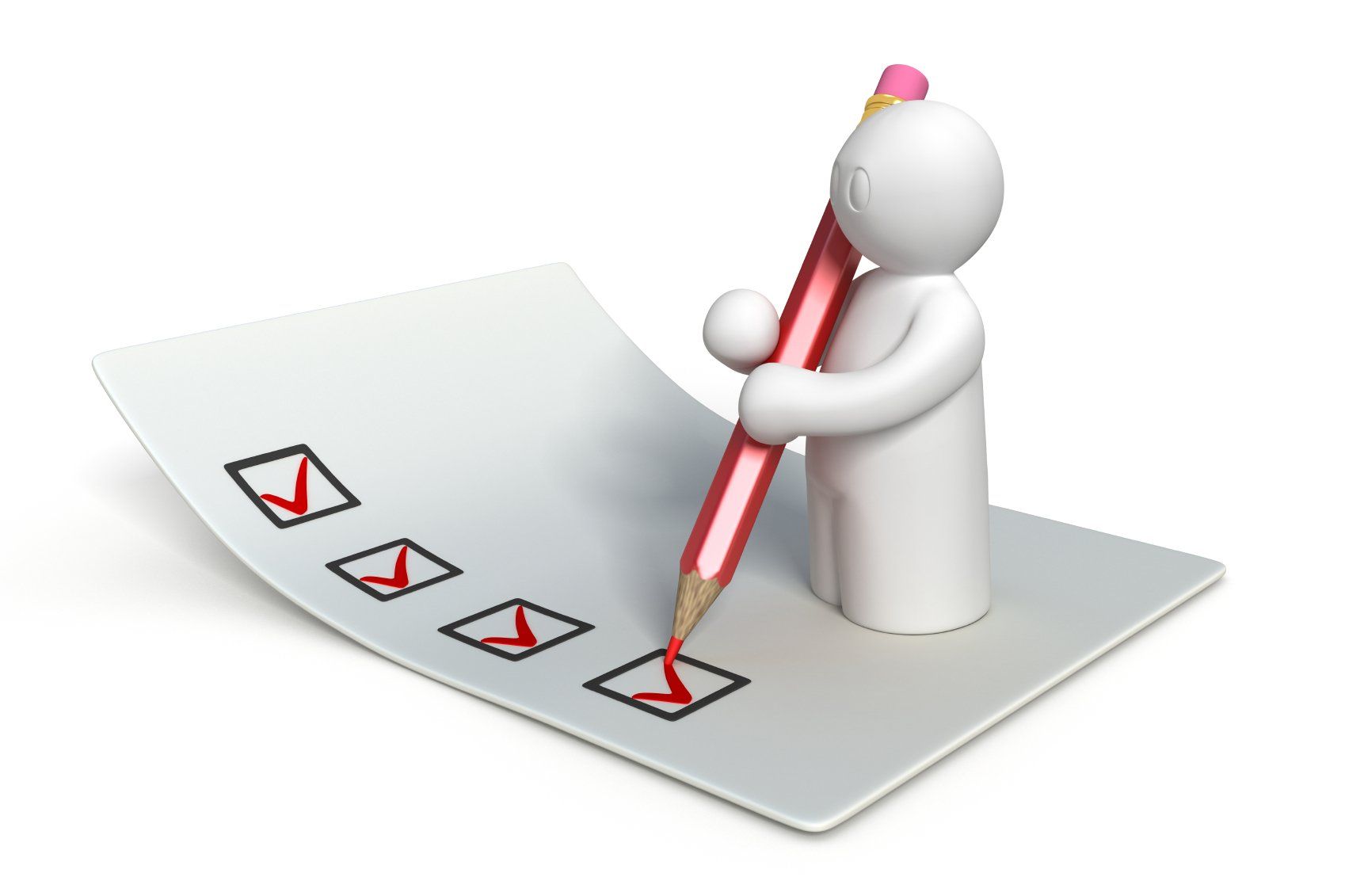How I proofread
The importance of framing myself

My first task is framing myself.
I learned this Yorkshire expression from my mum when I was a kid.
When my mum said, ‘Frame yourself’, I knew she meant ‘Get on with it’, ‘Make sure you know what you’re doing’, and ‘Sort yourself out’.
That’s how I approach all elements of my business.
I need to frame myself – understand the context, be clear about my terms of reference, and get on with it.
Framing myself is how I start every project.
Understanding the client
I typically proofread for traditional publishers, first-time self-publishing authors, and self-publishing authors who’ve published already.
My process varies a bit for different types of client.
Brief overview of how I proofread for traditional publishers
Traditional publishers are very familiar with editing/proofreading terminology, and their expectations are clear. I know that their book will already have been edited and there’ll be a style sheet to accompany their house style guide.
They’ll share their house style guide as well as the book’s style sheet so I understand exactly what’s needed.
It is very easy to frame myself.
My proofreading process for a traditional publisher is streamlined.
I have templates for my checklists for each traditional publisher client. These reflect their individual house styles.
Proofreading for independent, self-publishing authors
The rest of this blog will focus on independent, self-publishing authors.
First-time self-publishing authors
Framing myself to work with a first-time self-publishing author needs a different mindset.
To understand what a potential client needs, I provide a questionnaire. I also offer a free introductory video call.
The questionnaire and video call give me the chance to ask important questions.
For instance, have you worked with an editorial professional before (maybe a developmental editor or a copyeditor). Have you published before?
If you’ve had a copyedit, I’ll use the copyeditor’s notes or style sheet so that I can ensure that you receive a consistent service.
If I’m the first editorial professional to work with the book, you may need more support.
If a style sheet doesn’t already exist for the book, I’ll provide one.
That’s why I ask questions about the publishing context for the book.
Self-publishing authors who’ve published already
If you’re familiar with the self-publishing process, you may have already worked with a professional editor or you may be satisfied that you can rely on your self-editing process.
You’ll need less practical support from me and the questionnaire will give me the information I need for consistency.

Checklists
Once I’ve established your fundamental needs, I can create a proofreading checklist.
I may use diagnostic macros or professional editing software, depending on whether the proofread is in Word or PDF.
The checklist keeps me on track.
And it gives me a real sense of satisfaction to tick a task off!
I’ve got checklist templates that I can adapt for each book.
You can be assured that this process is tried and tested.
And templates increase my efficiency.
I regularly review and update my templates.
What does a proofreading checklist include?
I make sure I’ve taken account of technical details shared through the questionnaire. Like whether you’re using British or American English. Or maybe you have a preferred dictionary. (Yes, some authors have a preference!)
I make notes to reflect self-editing or professional editing decisions that have already been taken. This is where the style guide and style sheet (or editor’s notes) need to be reflected.
If there isn’t already a style sheet, this is when I start to create one.
Proofreading comes at the end of the publishing process so it must be consistent with what’s come before.
The checklist pulls the proofreading process together.

The line-by-line close read
Once I’ve framed myself, I’m ready for the close read.
This does exactly what it says on the tin.
I read every line of your manuscript closely.
If I can’t read a sentence fluidly the first time, I read it aloud.
And I may read it aloud again.
I’ll have agreed with you in advance how to mark up my proofread suggestions. I’ll typically use Track Changes and comment boxes if the proofread is in Word and standard Adobe Acrobat tools if I’m proofreading a PDF.
Double-checking
After I’ve finished the close read, I take a break to let my thoughts ferment.
I always build in time to sleep on the proofread.
A change of perspective is valuable.
I double-check myself for consistency while I’m checking the book.
I review and revise the changes I’ve suggested on the proofread manuscript.
The final step in my process is returning the manuscript to the author.
When I return a proofread, I’ll typically provide two documents: the proofread manuscript with changes marked up, and the style sheet.
I say ‘typically’ as we may have agreed something different.
I am happy to be flexible!
I’ll email the documents or use WeTransfer, depending on the size of the files.
And I’ll ask you to confirm receipt.
That way I’m sure your proofread is safely with you, and we haven’t been beset by any techie gremlins!
You can drop me an email if you have any follow-up questions, or we might arrange a Zoom call.
And I’ll look forward to hearing about your publication date 🤩
📚 Stop your readers getting distracted by wordy niggles.
I’m Lisa. I’m an editor and proofreader, specialising in business books and fiction. I spent many years as a chartered accountant before retraining as an editor and proofreader. Now I get to embrace my degree in English Lit!
Please do
email me to talk about editing or proofreading, or to be added to my waiting list.





